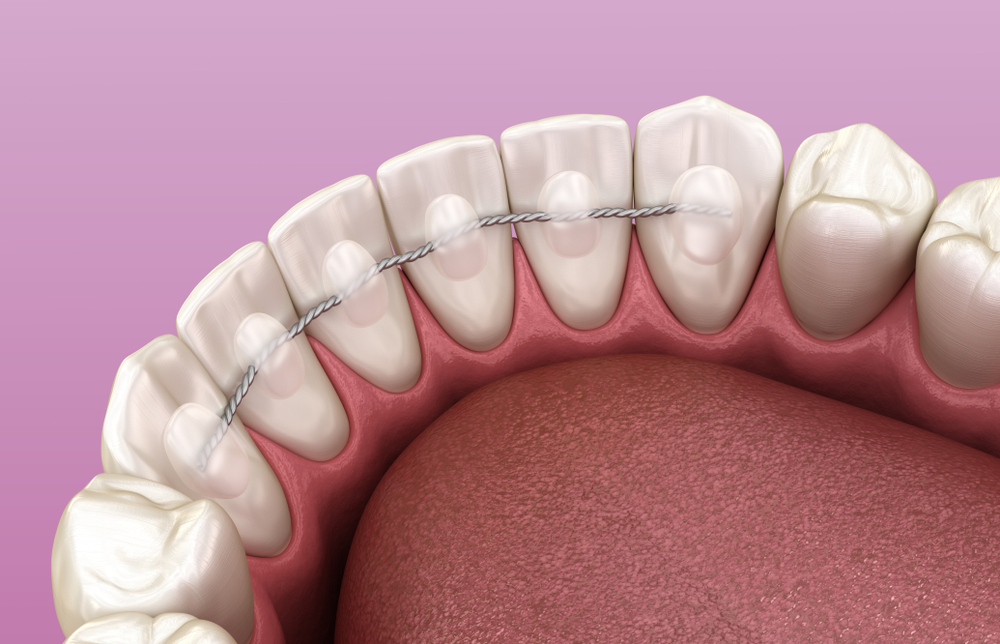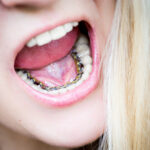
Teeth’s design allows them to be movable, enabling orthodontic treatment (“ortho” = straight; “dont” = tooth) to achieve such phenomenal results. However, just as orthodontist can maneuver them into perfect positions, teeth can also move back out of alignment. This is especially true right after he remove braces or complete clear aligner treatment. A customized retainer device (fixed or removable) is a vital part of the orthodontic treatment that helps ensure that the teeth you’ve invested time, effort, and money in repositioning (yours or your child’s) remain in their proper place.
Why Retainers Are Necessary
Braces and aligners work because teeth are not fixed in your jawbone like posts set in concrete. Instead, each one hangs in its own socket in the jaw bone by elastic periodontal (“peri” = around; “dont” = tooth) ligaments that attach the tooth roots to the surrounding bone and permit continual micro-movement of teeth in response to pressure from chewing and other forces. Braces and aligners apply pressure in a carefully calculated fashion to control and direct the movement.
Living tissues, such as ligaments and surrounding bone, constantly remodel through a process in which they absorb and add tissue in response to tooth movement. When a light force applies to a tooth, it forms new bone and ligament on the “tension” side—the side from which the tooth is pulling away—while on the pressure side toward which the tooth is pushing, it removes bone and ligament cells. The process is akin to what happens when you draw your hand through water. As your hand moves forward, the water makes way ahead of it, and simultaneously fills in behind it.
This accelerated remodeling process needs time to stabilize once teeth have achieved their desired alignment. Consequently, when orthodontist removes braces, teeth will tend to gravitate back to their old position if he doesn’t retain them in their new one long enough for the bone and ligament to re-form and mature around them. This process can take several months. Additionally, collagen fibers in gingival (gum) tissue stretch during orthodontic treatment and until they stabilize, gums can also exert pressure on teeth to return in the direction from which they came. The stabilization process for gums actually takes longer than the one for bone because collagen cells of the gum tissue reorganize at a much slower rate.
Types of Retainers
The type of retainer an orthodontist will prescribe and how frequently and for how long you will need to use it will depend on your or your child’s unique situation. The most familiar type of retainer is removable and consists of a metal wire that fits around your teeth with plastic covering the roof of your mouth, or palate. A clear plastic aligner customized to your bite (akin to the type that is used to move teeth) may also be an option as it is gaining in popularity. In the beginning, it typically is necessary to wear the retainer 24 hours a day except when eating or brushing and flossing. Eventually, it will be sufficient to wear it only at night.
In some cases, you will need to use regular retainers for a long-term period or even indefinitely. To make things easier in such situations, a common alternative is to have thin retainer wires bonded to the inside surfaces of the front teeth. This way they won’t show, and you won’t have to worry about taking them in and out and possibly misplacing them.
You can also read / What Can Cause TMJ Disorder?














Leave a Reply